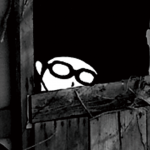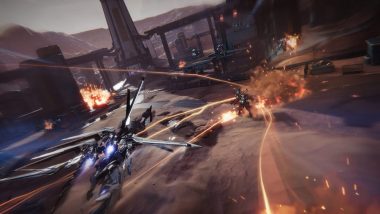How well does Like a Dragon Gaiden’s Sotenbori resemble Osaka’s Dotonbori?
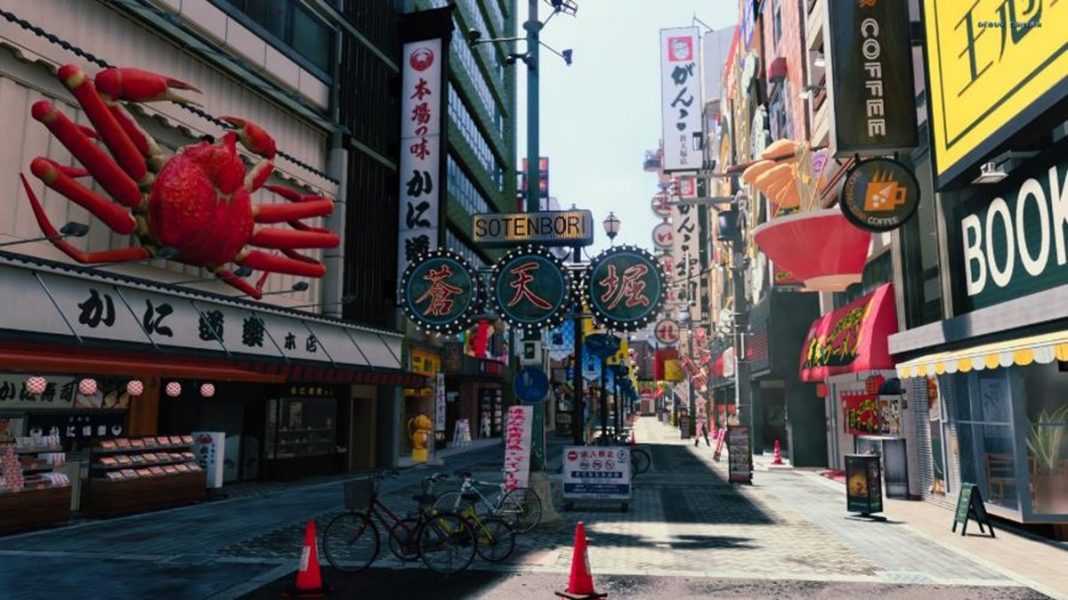
Like a Dragon Gaiden: The Man Who Erased His Name was released on November 9. The latest spinoff in Sega’s popular series of yakuza games, Gaiden catches up with what Kazuma Kiryu has been up to since faking his death at the end of Yakuza 6: The Song of Life. Like a Dragon Gaiden sees Kiryu venture alone into the Sotenbori district, where he receives work from Akame, a mysterious informant.
The fictional Sotenbori district is based on a real area of Osaka called Dotonbori. To be more precise, it seems to be modelled on the area south of Ebisu bridge. A bustling shopping and nightlife area, Dotonbori is famous for its huge neon signs that line the canal such as the Glico sign featuring a running man. It is also a hotspot for Japanese cuisine, such as ramen and takoyaki. The mechanical crab that adorns the front of the Kani Doraku restaurant is another iconic landmark in the area.
There are not many games that allow you to freely wander around the streets of Osaka. Although Sotenbori has appeared in previous entries in Sega’s Yakuza series, Like a Dragon Gaiden is the most realistic portrayal yet, thanks in part to advances in technology.
Of course, there are differences between Dotonbori and Sotenbori, however Gaiden’s realism makes it easy to confuse memories of the real place with the in-game location. Our guest writer Ayashi Rinjin went off on a quest to Dotonbori to see how well Sotenbori recreates the famous district.
South of Ebisu Bridge gets a facelift
Let’s start with the entrance. The fictional Sotenbori has a striking sign announcing the district’s name, however no such sign exists in Dotonbori. This is very different when compared to Kamurocho, another Like a Dragon location, which is modelled on Tokyo’s Kabukicho. Both Kabukicho and Kamurocho have a similar red and white sign that marks the entrance to their respective districts.
Both Dotonbori and Sotenbori feature the famous mechanical crab on the front of the Kani Doraku restaurant. However, the real-life version is currently missing 4 legs (they are in the process of being restored, according to the sign on the crab’s body). In the game, we can see the crab in its full leggy glory.
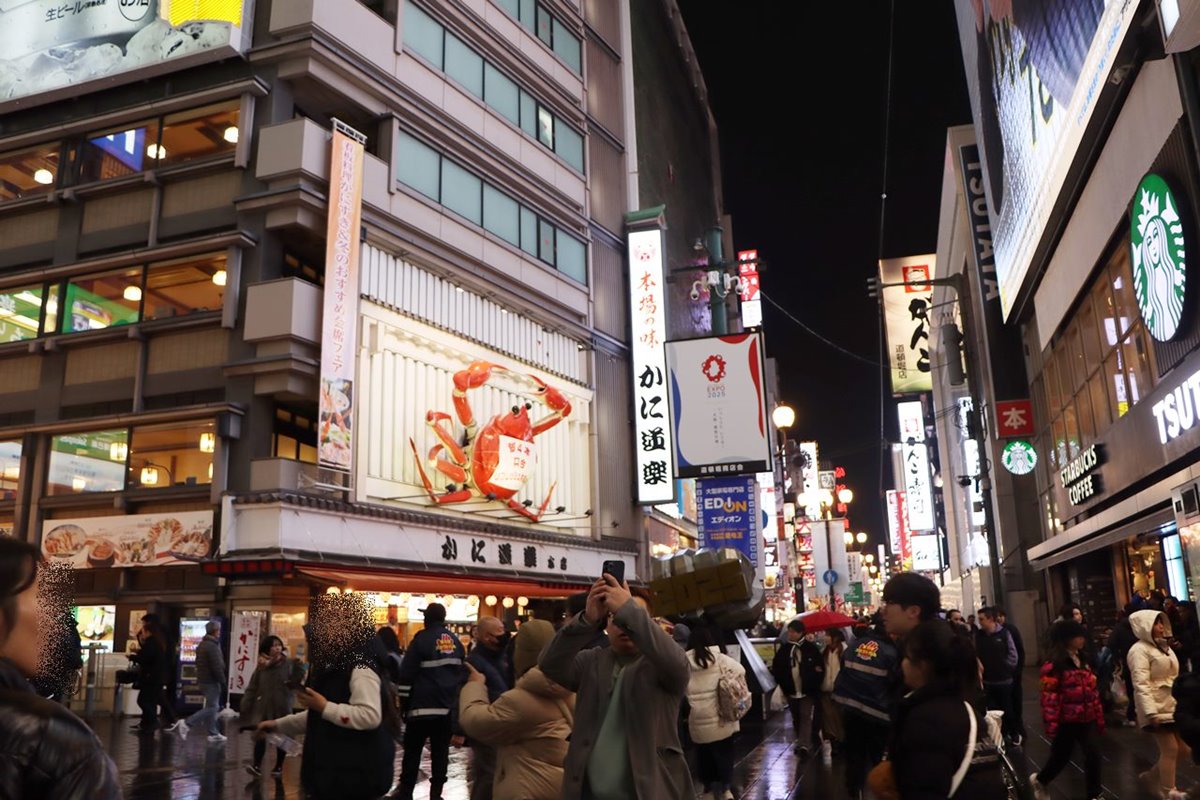

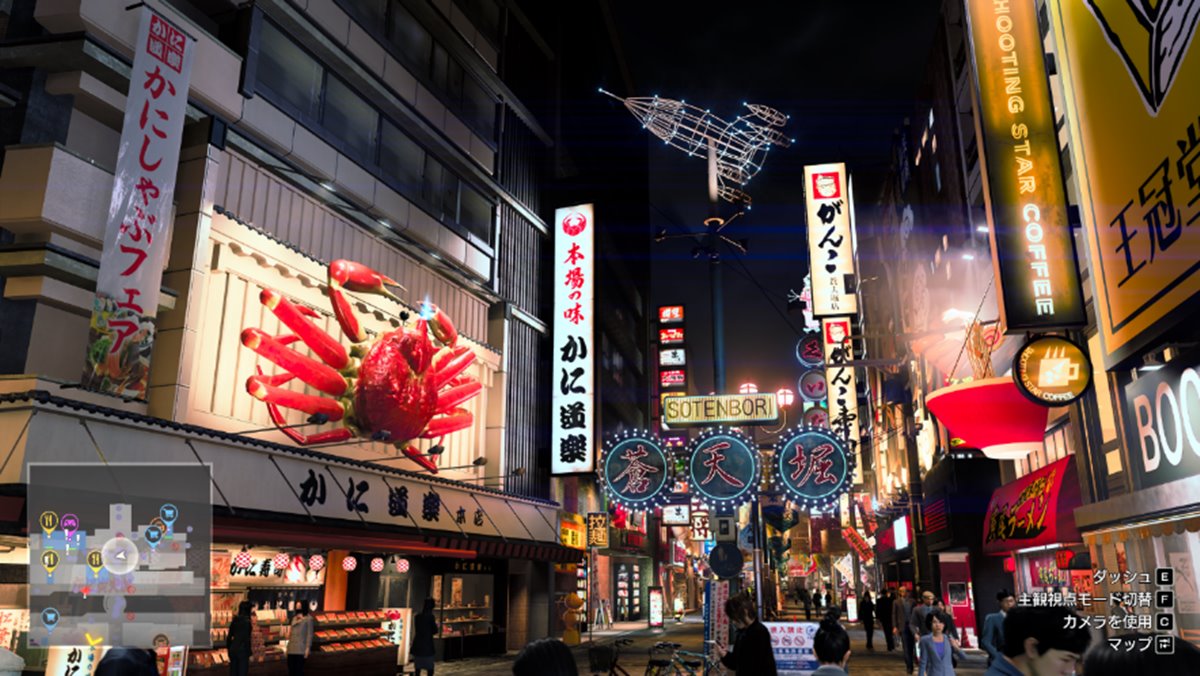
Next, we enter a street lined with restaurants where you can enjoy a range of delicious Japanese food including “Osaka Osho,” “Ganko Sushi,” “Kushikatsu Daruma,” “Gyukaku” and “Kinryu Ramen.” In the game, this is part of the so-called “Sotenbori Street.” The signboards in this area are almost identical to their real-life counterparts, and the same dishes are found inside the in-game restaurants. Kinryu Ramen’s dragon and the face protruding from Kushikatsu Daruma look almost the same.
Feeling peckish, I wanted to finish off my visit to Dotonbori with a meal somewhere. However, the streets were very crowded, probably due to the recent return of tourists to this popular area. Short on time, I ended up at a regular ramen restaurant that doesn’t appear in the game. If possible, I’d like to eat at one of the restaurants in the game next time. Speaking of restaurants, there is a takoyaki place called “Kukuru” that features in the game as well. In real life, it is inside a building and its red octopus sign can be seen from the other side of the canal. However, it is a food stall in the game for some reason.
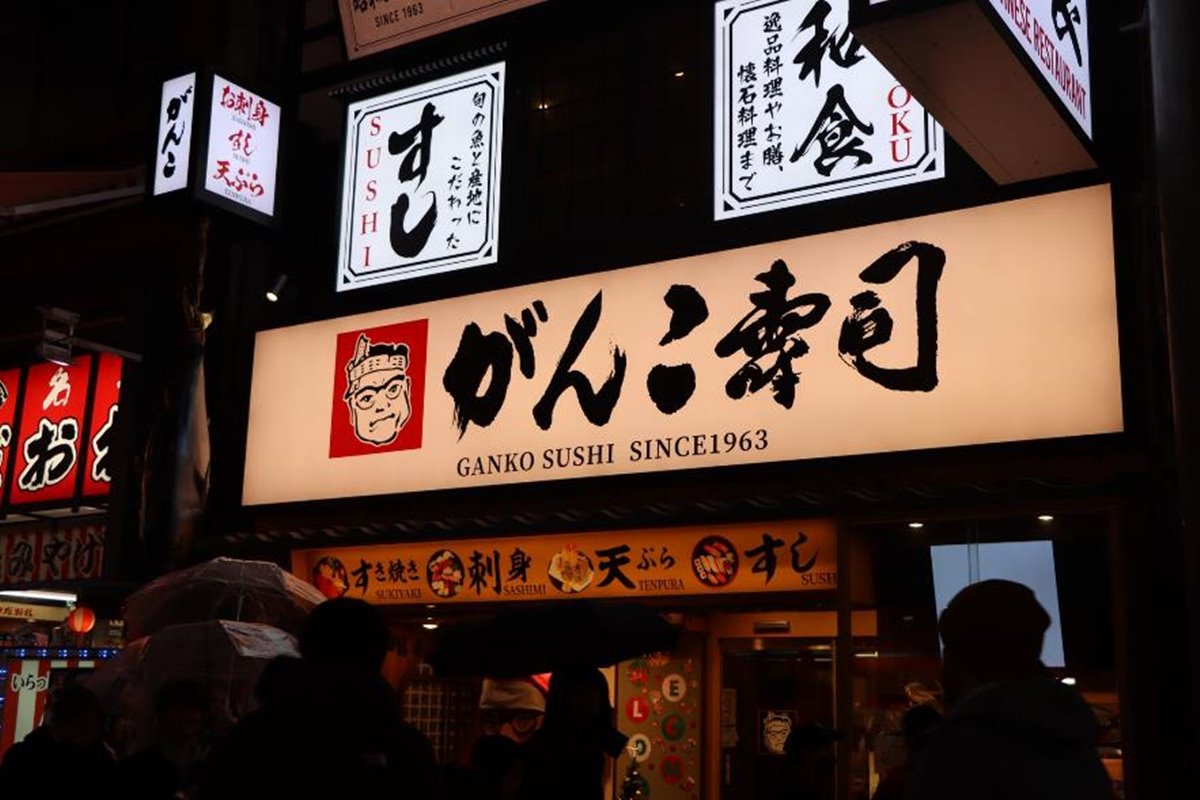
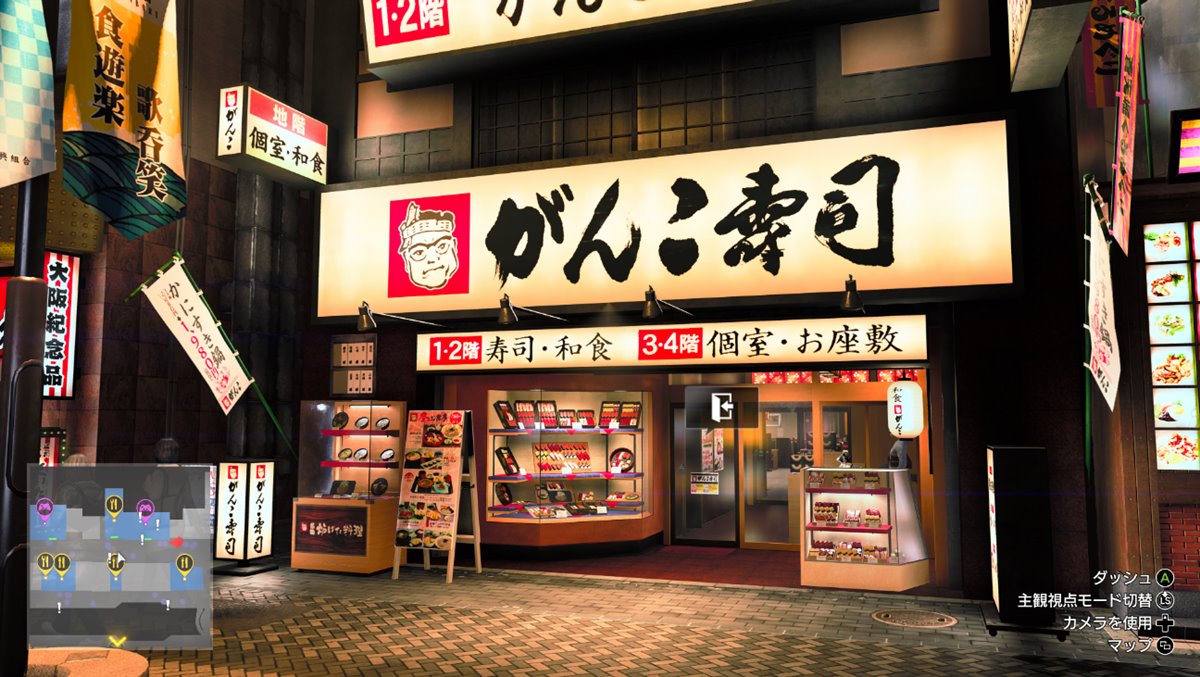

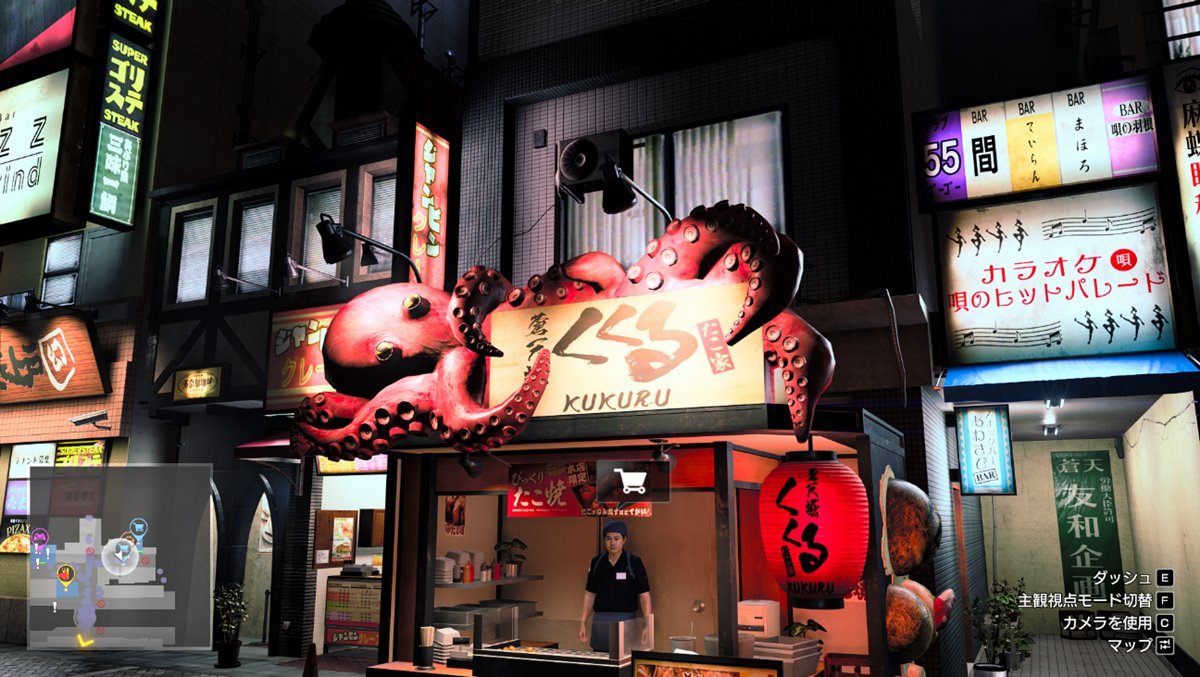


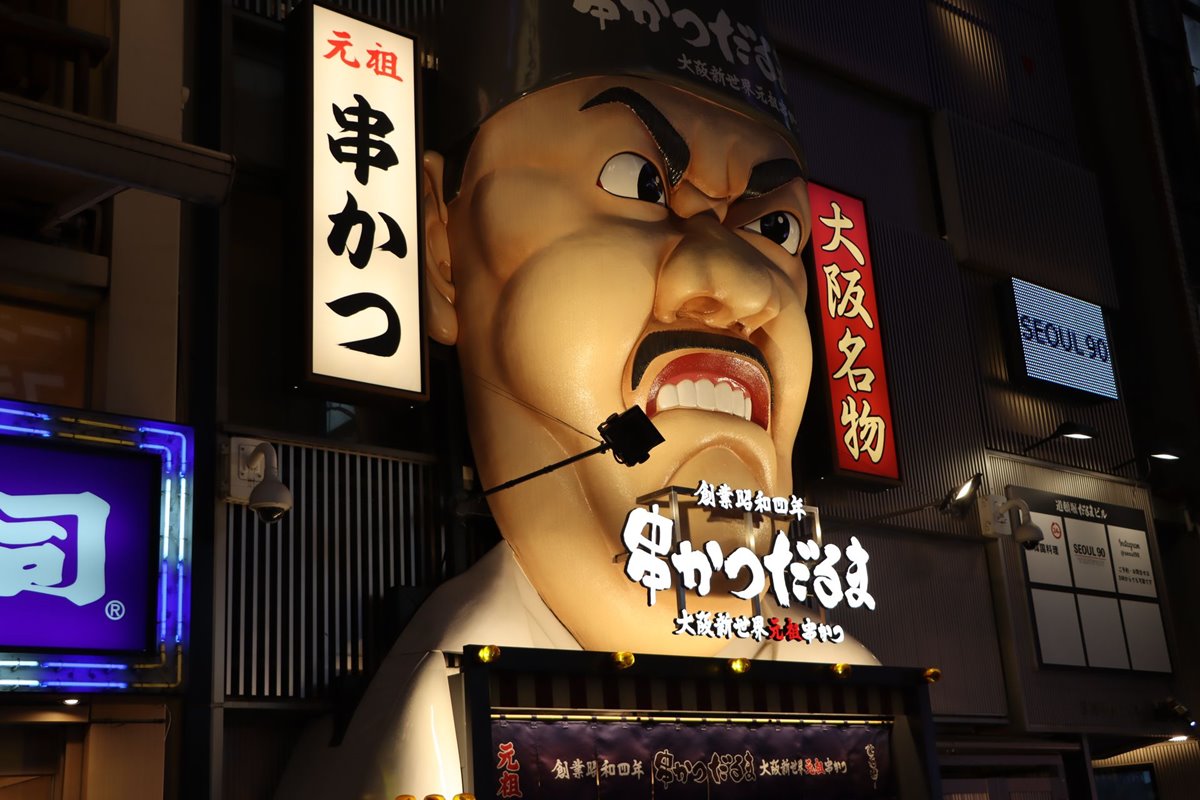
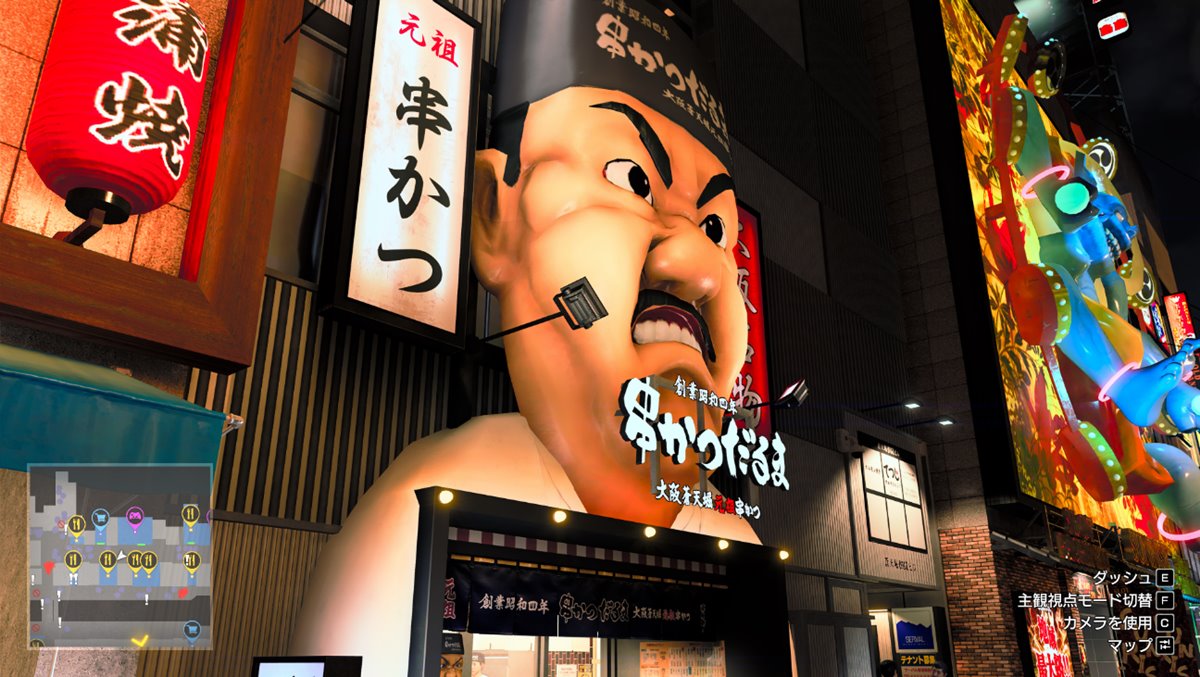
Capturing the Atmosphere
Like a Dragon Gaiden also replicates many other shops apart from restaurants. Collaborations with real-life stores including the “Tsuruha Drug” Store and “Kuidaore” complex have resulted in these places being reproduced in great detail. In particular, Kuidaore’s red and white striped signs have been perfectly replicated, which is very impressive. However, the 3D crane flying out of the Tsuruha Drug signboard is merely a 2D logo of a bird in Gaiden. I really wanted to see this reproduced in the game, however I can’t remember when this 3D bird was added to the sign in real life. When was it? This made me think that it might not have existed at the time when the game is set. It also made me realize that I hadn’t been to Dotonbori for quite a while.
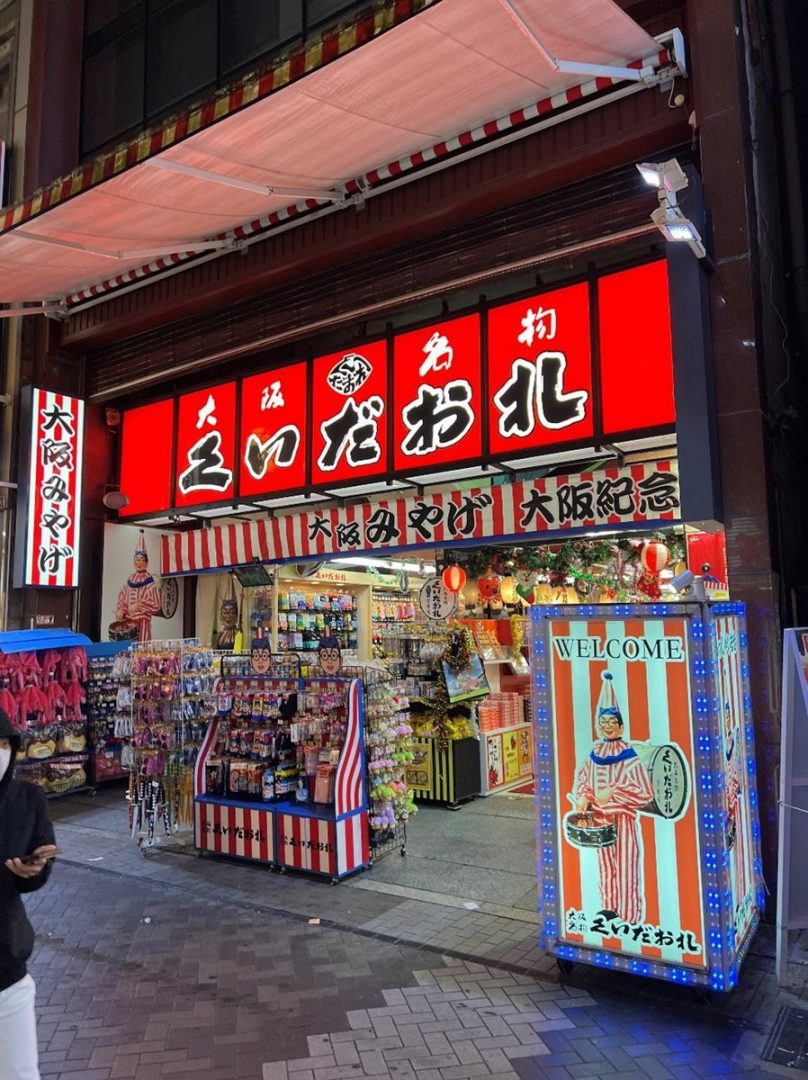
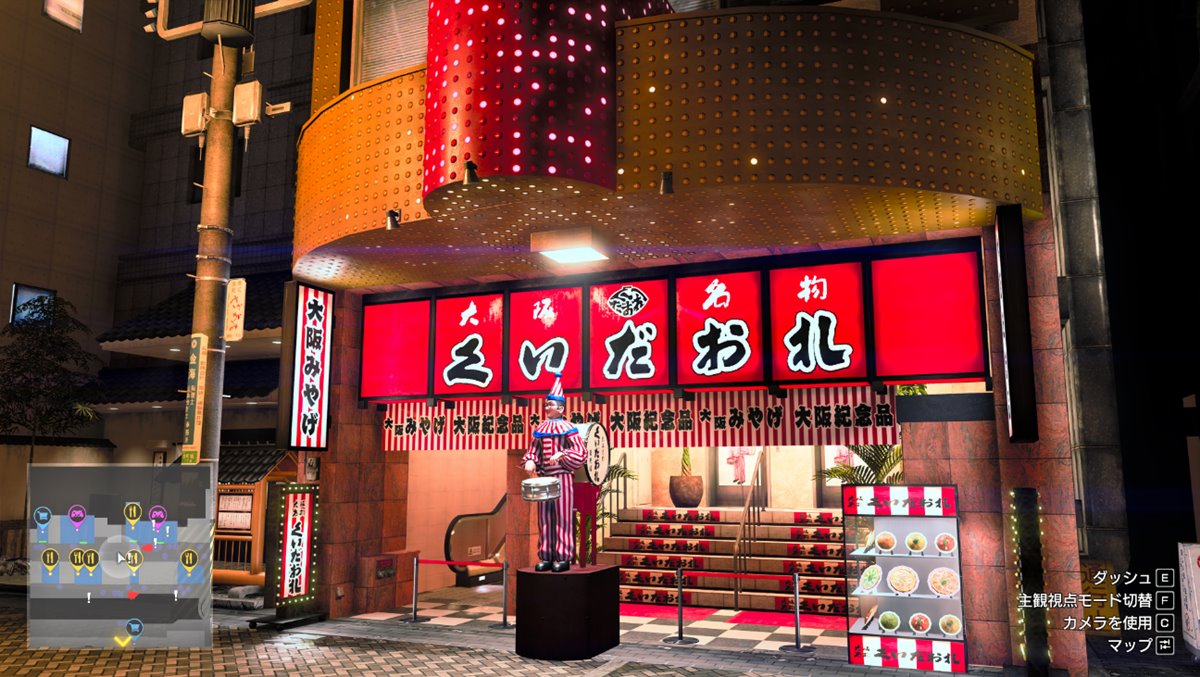
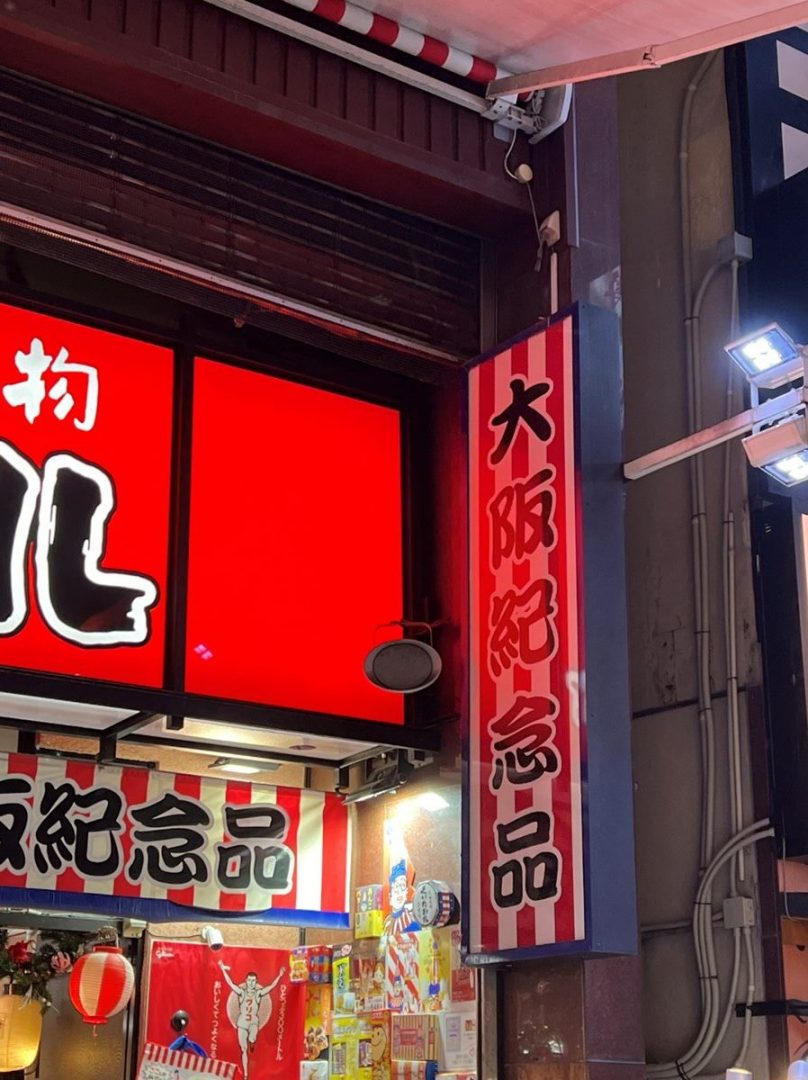
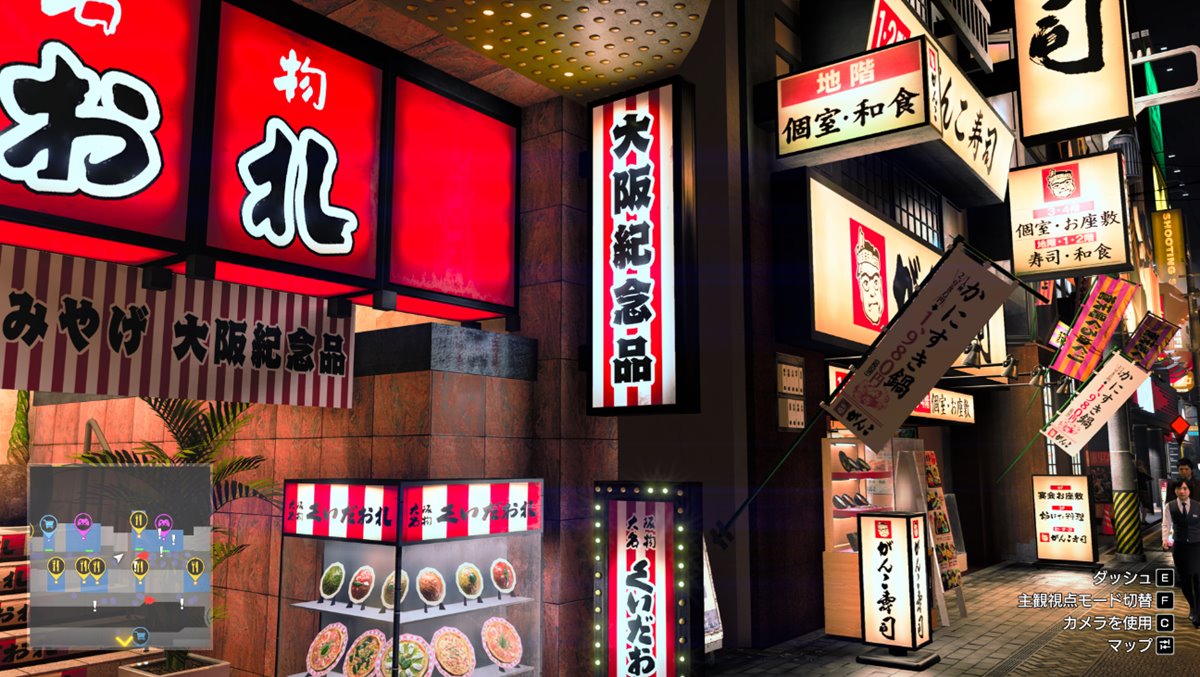
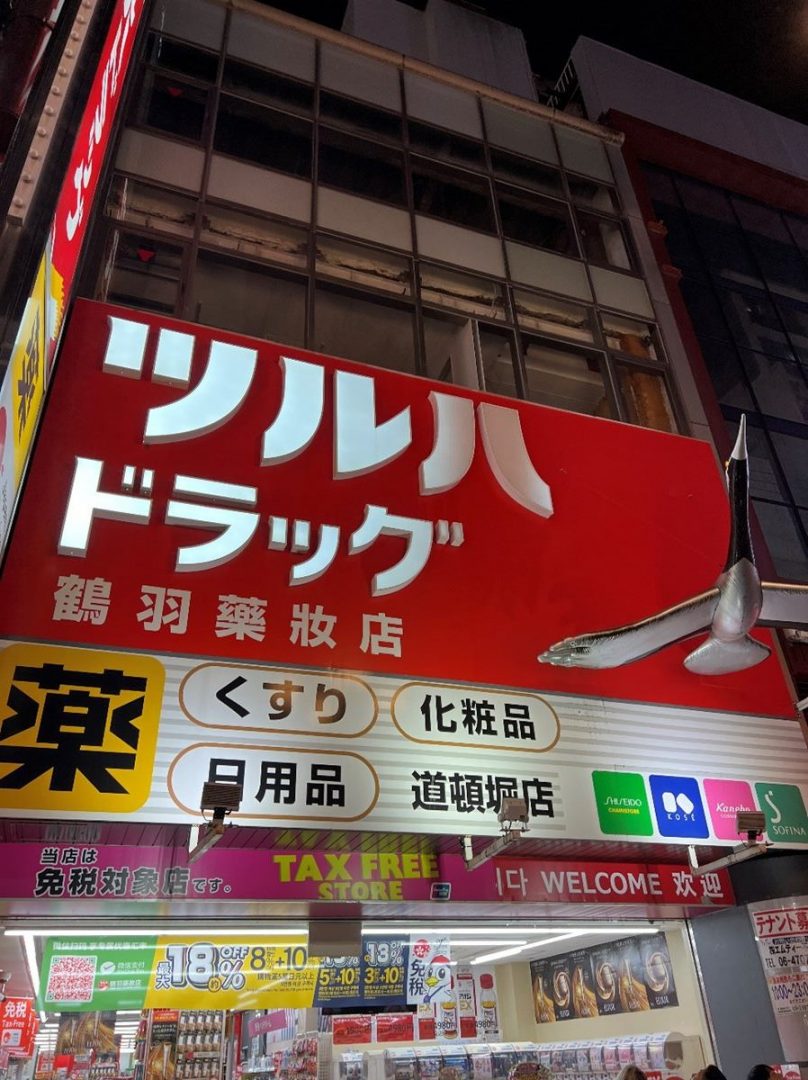
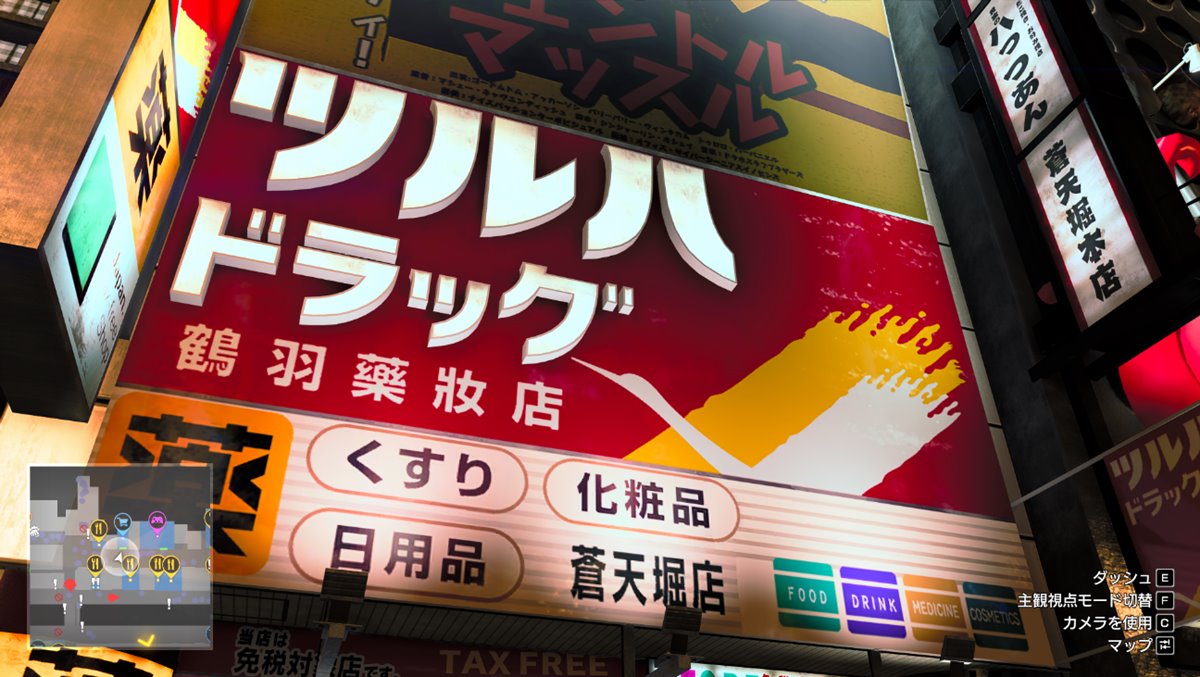
Next, let’s move onto Dotonbori’s riverside walk. The game recreates the public toilets that can be found on the road that leads from Dotonbori to the riverside, as well as the food stalls across the street. In the game it is possible to walk to Mizorogi’s Shop from here, however there are no such shady establishments in Dotonbori. It’s possible that there are such places hidden inside the drinking establishments around here, of which the author is unaware. The real-life riverside walk seems more glamorous than it is in the game, but that could be because I visited the area just before Christmas. The open-air seating made me feel as if I was in a bustling Asian market somewhere outside Japan.
Although the signs in the game differ from real life, I think it has captured the same bright and lively atmosphere found in this part of Dotonbori. One difference here is that the sightseeing boats only run during the day in the game. In real life, they also operate at night to meet the needs of the tourists that flock to the area. However, the half-naked bodybuilders seen in the game cannot be found on the boats in Dotonbori.

Conjuring up various personal memories
The face on the front of the “Kushikatsu Daruma” restaurant is also present in the game. The sign is based on the appearance of the restaurant’s current president Katsuya Ueyama. When researching this article, I was extremely surprised to learn that he went to the same high school some years before me. Passing the Daruma sign, I moved onto the Ebisu Bridge with its famous array of brightly illuminated signboards. Although the iconic Glico sign is different in the game, the surrounding signs are almost identical with some original designs added to the mix. Overall, I think the game did a good job in capturing the impact of these vivid signs.
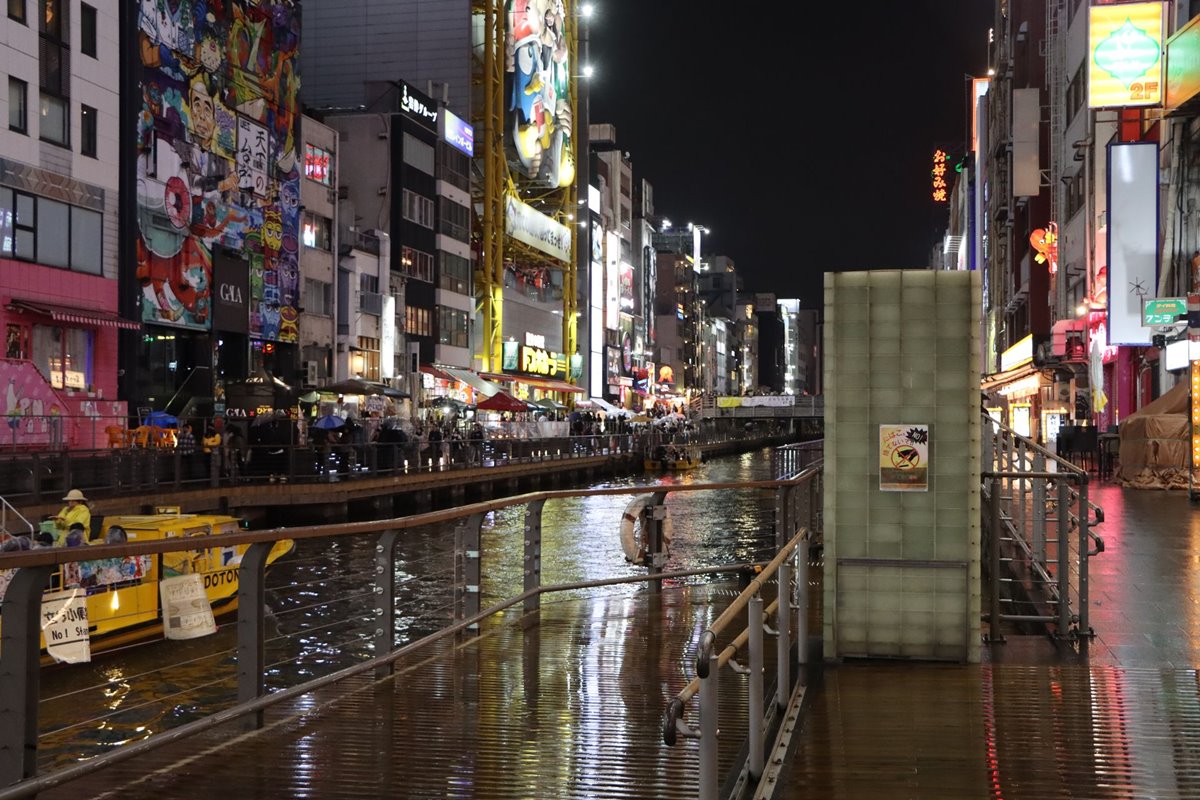
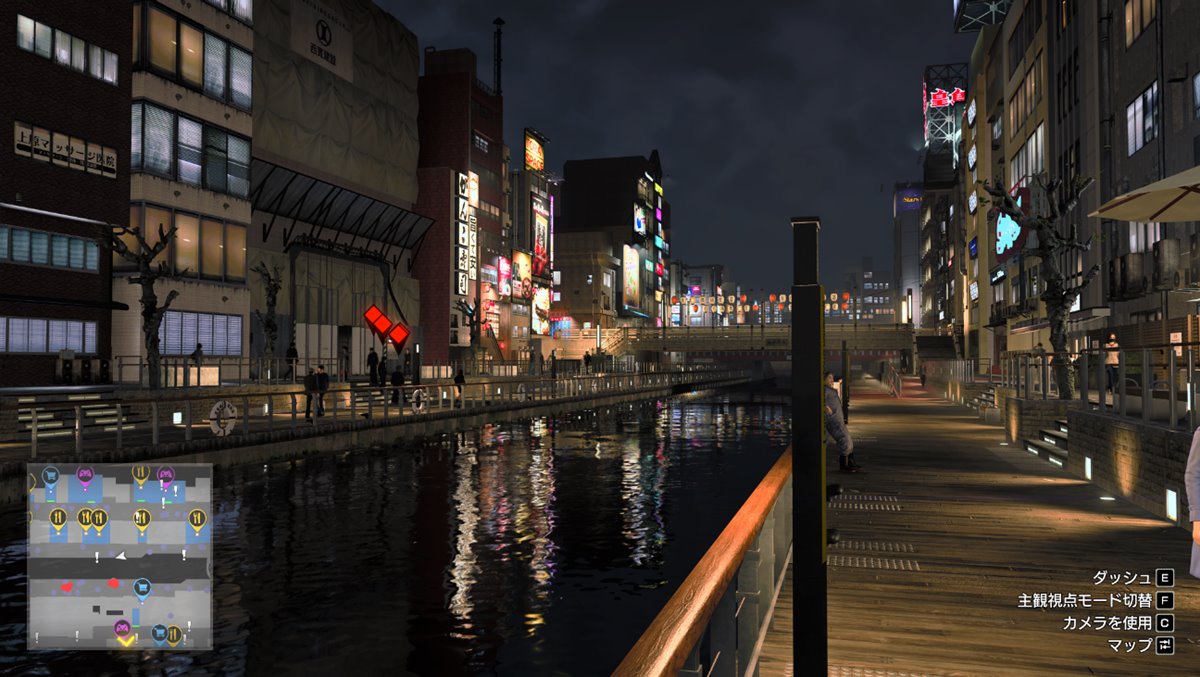
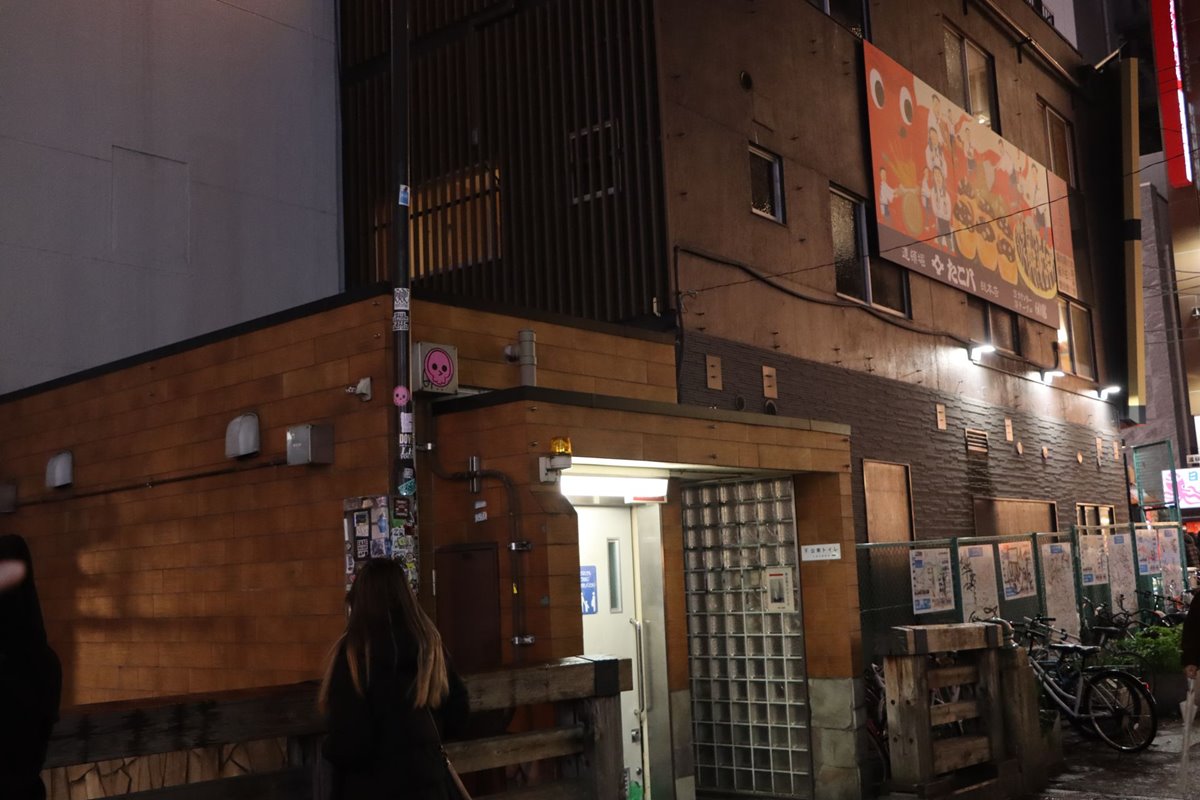
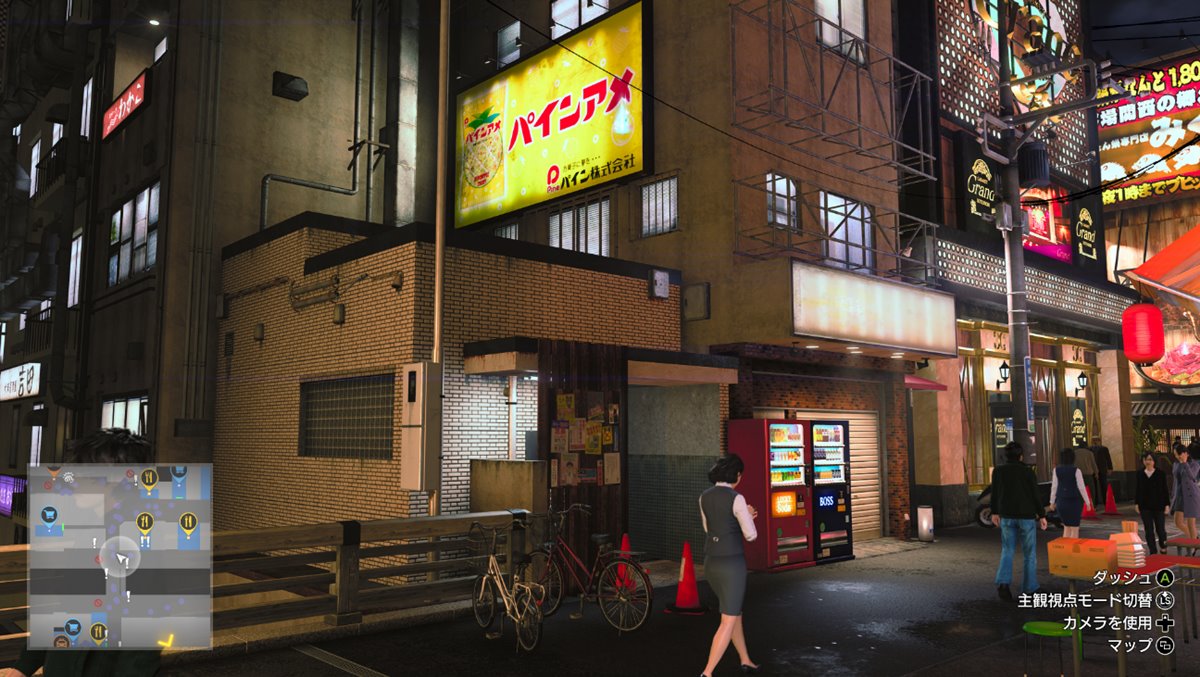
Through Like a Dragon Gaiden, I have rediscovered this city where I live. For personal reasons, there is one place in this game that has had a strong impact on me. It’s the “Yotsuya Kaikan,” a building home to many drinking establishments.
In the game, the Omi Alliance is running an illegal business in this building where homeless people are taken out of the welfare system and forced to work inside a small room. Kiryu visits this building in order to solve their problems. In real life, this building is called “Mitsudera Kaiken,” and a friend of the author used to run a bar on the second floor. I strongly remember climbing the stairs of this building as Kiryu in the game and gripping the doorknob of the room where the homeless people are being held. This may have just been the start of Kiryu’s troubles but for me this is a gaming experience I will never forget due to my connection to the real-life location.

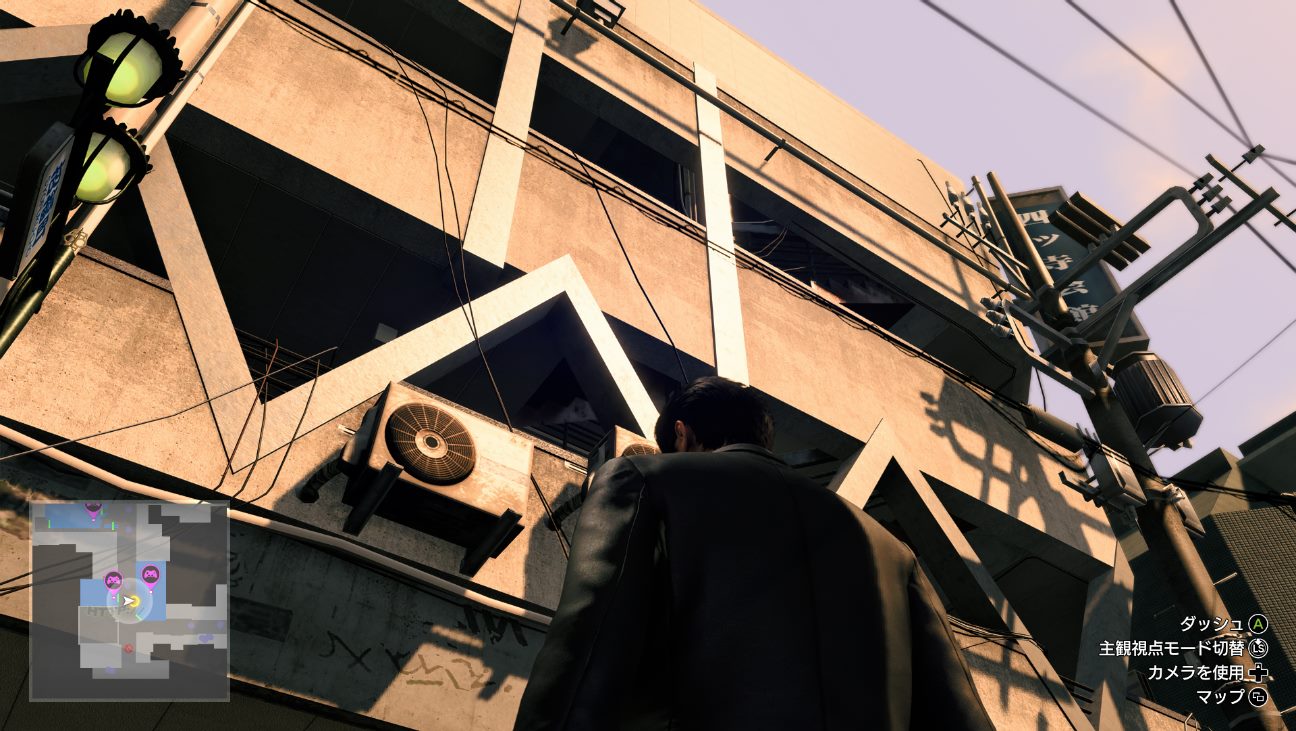
I didn’t think that playing a game would make me feel like this, but it made me realize that this is what happens when your local area is used as the setting for a game. The more you recall your memories, the more the in-game location seems to reflect its real-life counterpart. I recommend everyone who lives in the Kansai area to play Like a Dragon Gaiden. You may end up reliving memories of Dotonbori just like I did. For those living outside the region, I can assure you as a local that this game lets you experience being a virtual tourist. Of course, the actual Dotonbori is much safer than the fictional Sotenbori, where fights between yakuza occur frequently.
Like a Dragon Gaiden: The Man Who Erased His Name is available now on PC (Steam/Microsoft Store), PS4/PS5 and Xbox One/Xbox Series X|S.
Written by. Verity Townsend based on the original Japanese article (original article’s publication date: 2023-12-27 16:38 JST)

